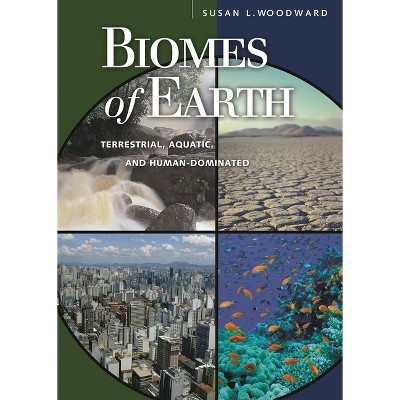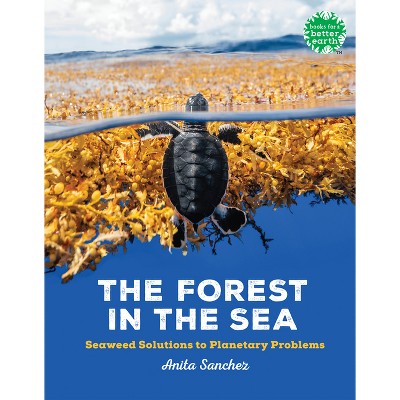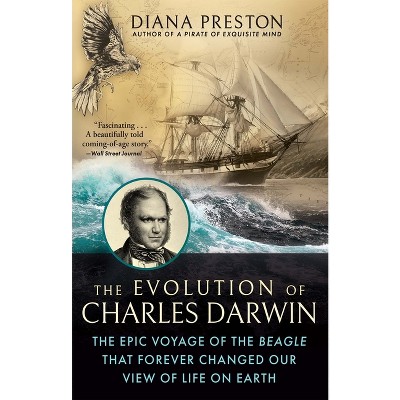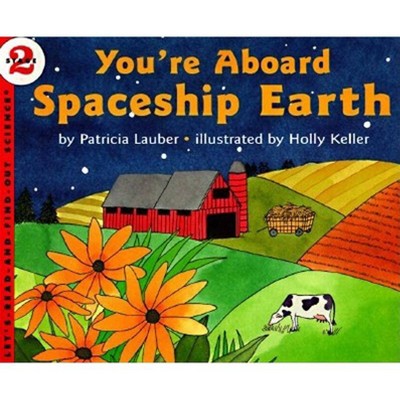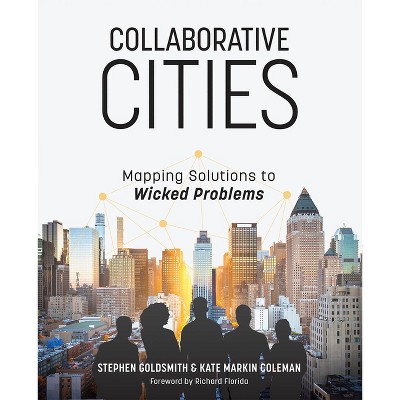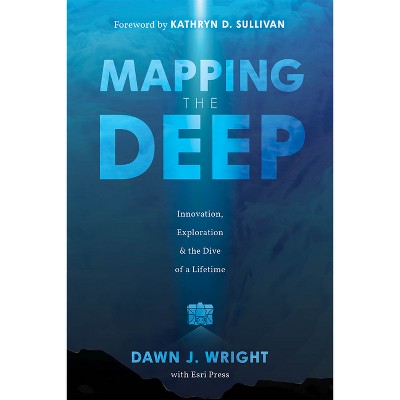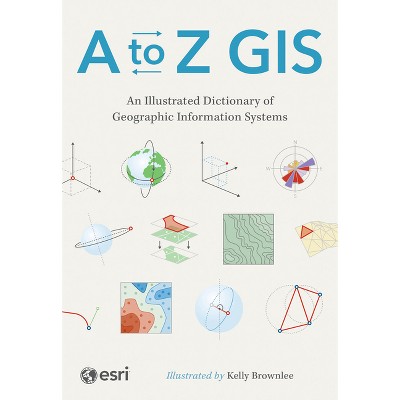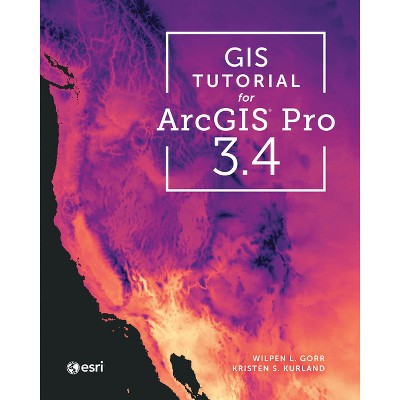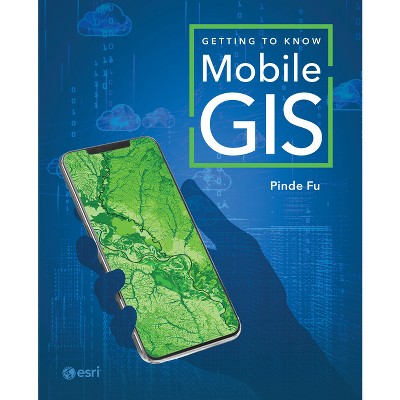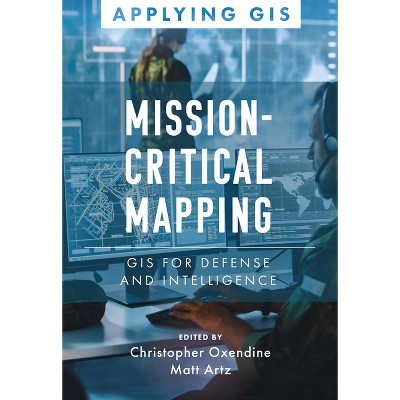Sponsored

GIS for Science, Volume 3 - by Dawn J Wright & Christian Harder (Paperback)
In Stock
Sponsored
About this item
Highlights
- GIS for Science, Volume 3: Maps for Saving the Planet, highlights real-world examples of scientists creating maps about saving life on Earth and preserving biodiversity.
- Author(s): Dawn J Wright & Christian Harder
- 228 Pages
- Nature, Environmental Conservation & Protection
- Series Name: GIS for Science
Description
About the Book
GIS for Science, Volume 3: Maps for Saving the Planet, highlights real-world examples of scientists creating maps about saving life on Earth and preserving biodiversity.
Book Synopsis
GIS for Science, Volume 3: Maps for Saving the Planet, highlights real-world examples of scientists creating maps about saving life on Earth and preserving biodiversity.
With Earth and the natural world at risk from various forces, geographic information system (GIS) mapping is essential for driving scientifically conscious decision-making about how to protect life on Earth. In volume 3 of GIS for Science, explore a collection of maps from scientists working to save the planet through documenting and protecting its biodiversity.
In this volume, learn how GIS and data mapping are used in tandem with
- global satellite observation
- forestry
- marine policy
- artificial intelligence
- conservation biology, and
- environmental education
to help preserve and chronicle life on Earth. This volume also spotlights important global action initiatives incorporating conservation, including Half-Earth, 30 x 30, AI for Earth, the Blue Nature Alliance, and the Sustainable Development Solutions Network.
The stories presented in this third volume are ideal for the professional scientist and conservationist and anyone interested in the intersection of technology and the conservation of nature. The book's contributors include scientists who are applying geographic data gathered from the full spectrum of remote sensing and on-site technologies. The maps and data are brought to life using ArcGIS(R) software and other spatial data science tools that support research, collaboration, spatial analysis, and science communication across many locations and within diverse communities. The stories shared in this book and its companion website present inspirational ideas so that GIS users and scientists can work toward preserving biodiversity and saving planet Earth before time runs out.
From the Back Cover
At a time when so much in the natural world is on the line, GIS-driven mapping leads us to make more science-informed decisions about the myriad forces affecting life on Earth. This third volume of GIS for Science focuses on biodiversity. The new collection presents real-world examples of scientists creating the maps that are saving the planet, documenting and helping protect biodiversity. The book's contributors use GIS to fuse data gathered through the collective lenses of global satellite observation, forestry, marine policy, artificial intelligence, conservation biology, and environmental education. This volume introduces several global action initiatives such as Half-Earth, 30 x 30, AI for Earth, the Blue Nature Alliance, and the Sustainable Development Solutions Network.
The stories in GIS for Science, Volume 3: Maps for Saving the Planet are written for the professional scientist and conservationist and anyone interested in learning about the intersection of technology and the conservation of nature. The book's contributors represent a cross section of scientists applying geographic data gathered from the full spectrum of remote sensing and on-site technologies to help save the planet. This data is brought to life using ArcGIS software, the ArcGIS Online cloud-based system, and other spatial data science tools to support research, collaboration, spatial analysis, and science communication across many settings and communities. These stories, along with the book's companion website, present GIS ideas and inspiration applied across many disciplines that can aid in the effort to save planet Earth while there's still time.
--Dawn Wright and Christian Harder